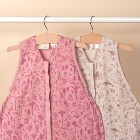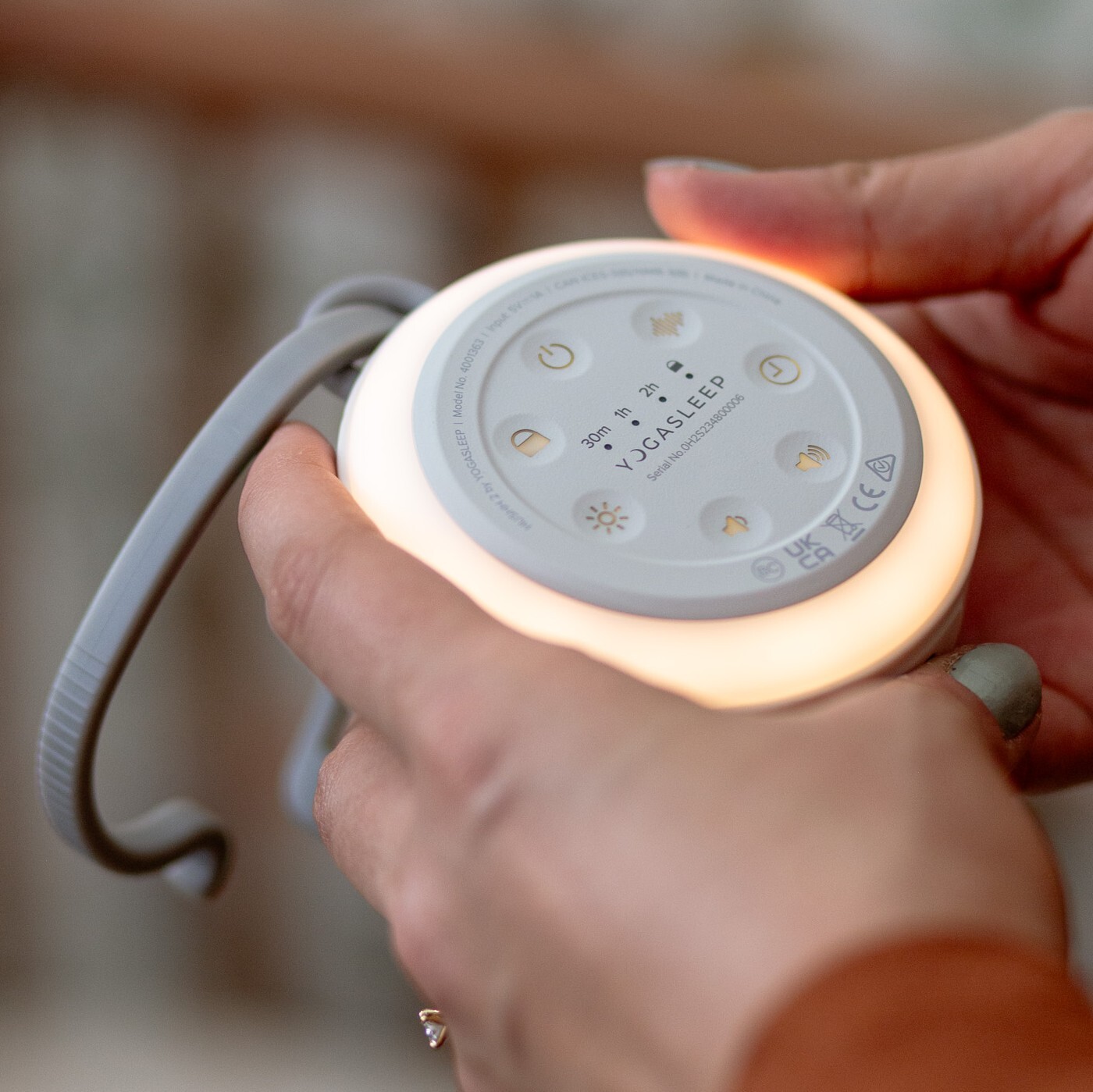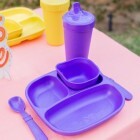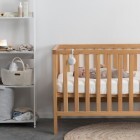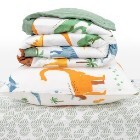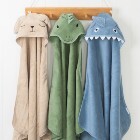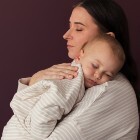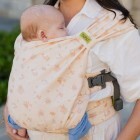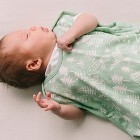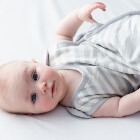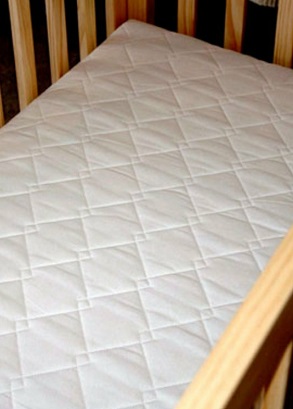Buying a cot and mattress is one of the biggest purchases you’ll make when setting up your baby’s nursery. It’s also one of the most frequently used items with babies sleeping for most of the day when younger and often remaining in their cot until around 3 years of age.
However, it’s not just cost and longevity you need to keep in mind when choosing a cot mattress, but also the firmness and safety of the mattress. Whilst there are safety standards for household cots in New Zealand and Australia (AS/NZS 2172:2003 Cots for household use) and travel cots, there are no such mandatory safety standard for cot mattresses. Unfortunately you can't assume that cot (and bassinet or moses baskets) for sale in New Zealand are safe to use with newborns.
So we recommend that you do your research before you buy your baby’s mattress. You can check if mattresses have been checked with the standard test to measure the firmness of a mattress (AS/NZS 8811.1:2013 Method 1: Sleep Surfaces – Test for firmness). This will tell you firstly that the supplier takes mattress safety seriously and also that it is safe to use with your baby. Overseas mattresses, such as European brands, may comply with a different safety standard.


